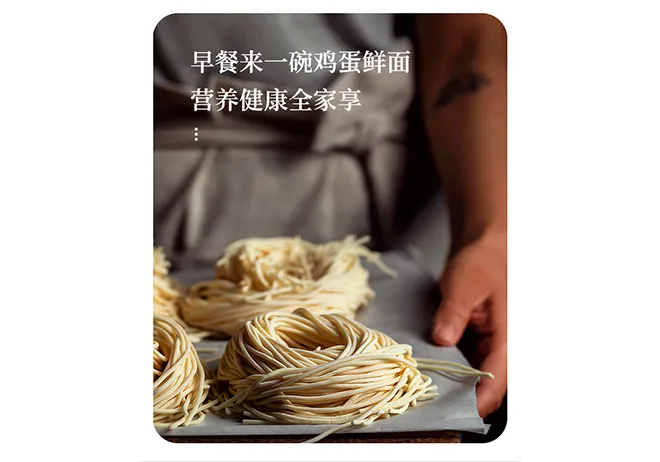Understanding the Ingredients Used in Udon Noodles and Their Preparation
Udon noodles are a beloved staple of Japanese cuisine, known for their thick, chewy texture and versatility in dishes. Often served in hot soups or stir-fried, udon has captured the hearts and palates of many around the world. But what exactly are udon noodles made of, and how do they differ from other types of noodles?
At the core of udon noodles is a simple yet essential ingredient flour. Specifically, udon is usually made from wheat flour, which contributes to its unique texture and flavor. The type of wheat flour used is crucial; it is typically high in gluten, which provides the elasticity needed for that iconic chewy bite. This gluten content is what distinguishes udon from rice noodles or other pasta varieties, which often have a softer or less chewy texture.
The process of making udon noodles is quite traditional and involves just a few basic steps. First, flour is combined with water and a pinch of salt to form a dough. The ratio of flour to water can vary, but a common guideline is about 2 to 2.5 parts flour to 1 part water. This mixture is then kneaded thoroughly, which helps develop the gluten that gives udon its characteristic chewiness.
After kneading, the dough is allowed to rest, which is crucial for achieving the right consistency. Resting allows the gluten to relax, making it easier to roll out the dough into sheets. Once rested, the dough is rolled out and cut into thick noodles, typically about 6 to 8 millimeters wide. This thickness is what sets udon apart from other noodles, like soba, which are generally much thinner.
Interestingly, there are many regional variations of udon in Japan, each with its own unique characteristics and flavor profiles. For instance, Sanuki udon from Kagawa Prefecture is known for its firm, chewy texture, while Kisoba udon has a softer, more tender bite. The differences in texture and taste often come down to the type of flour used, the water quality, and even the method of preparation, which can vary significantly from one region to another.
what is an udon noodle made of

In addition to the basic ingredients of flour, water, and salt, some udon recipes may incorporate additional elements, such as whole wheat flour to add a different flavor or color. Some artisans might even experiment with adding ingredients like green tea or squid ink for unique variations. However, the classic udon remains a simple combination, celebrating the purity of its ingredients.
Once made, udon noodles can be served in a variety of ways. They are most commonly enjoyed in a hot broth, often flavored with soy sauce, mirin, and dashi (a Japanese soup stock). Toppings such as green onions, tempura, or a soft-boiled egg are frequently added to elevate the dish. Udon can also be enjoyed chilled with a dipping sauce, especially during the warmer months.
Moreover, udon’s versatility extends beyond traditional dishes
. Many chefs around the world have taken the foundational udon noodle and incorporated it into fusion cuisine, using it in stir-fries, salads, and even as a base for various sauces and toppings that are not traditionally Japanese.In conclusion, udon noodles are a quintessential part of Japanese culinary tradition, made mainly from wheat flour, water, and salt. Their unique texture and ability to absorb flavors make them a favored choice for many recipes. Whether enjoyed in a steaming bowl of soup or creatively incorporated into modern dishes, udon continues to be a beloved noodle that delights diners around the globe.
-
Is Whole Wheat Pasta Healthy?NewsMay.30,2025
-
Are Soba Noodles Good for Weight Loss?NewsMay.30,2025
-
Are Buckwheat Soba Noodles Healthy?NewsMay.30,2025
-
Are Buckwheat Soba Noodles Gluten Free?NewsMay.30,2025
-
Are Buckwheat Noodles Good for You?NewsMay.30,2025
-
A Healthy Way to Savor Soba and Spicy FlavorsNewsMay.30,2025
-
What Are Lanzhou Noodles?NewsMay.30,2025
Browse qua the following product new the we

















































































































